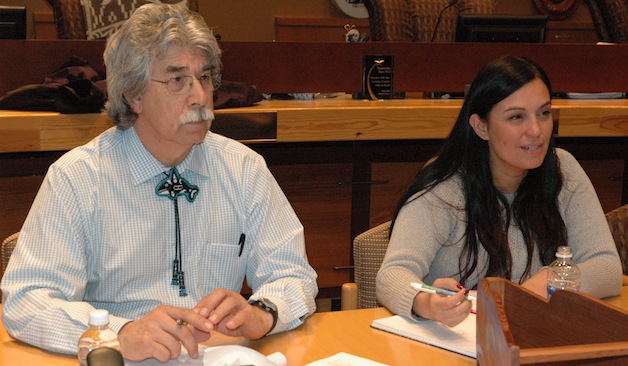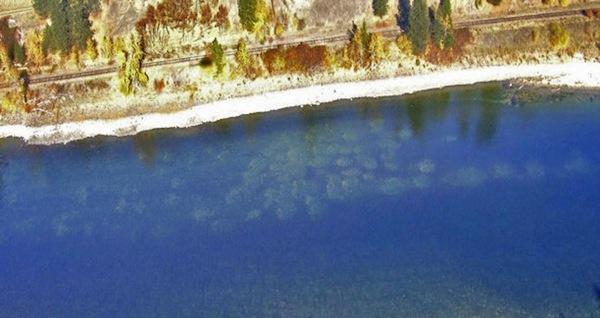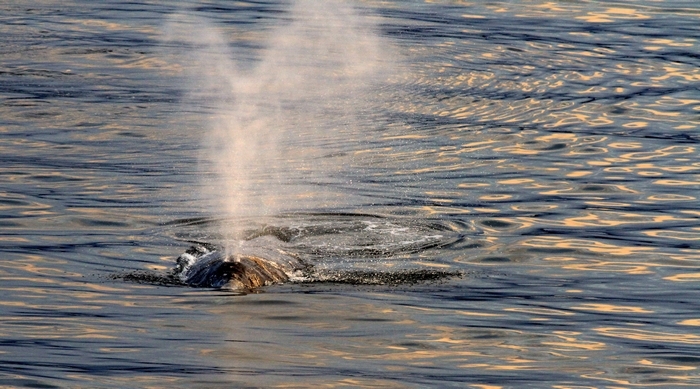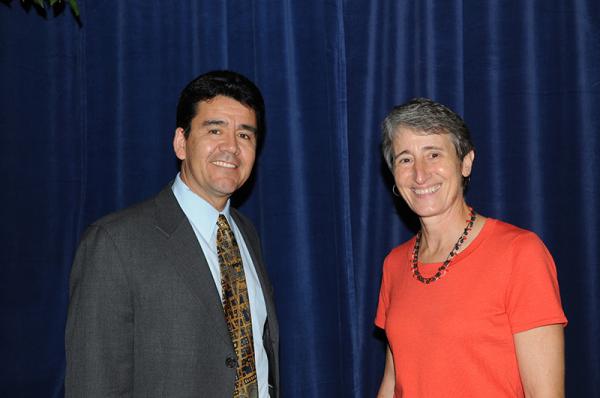By Austin Jenkins, Northwest News Network
Washington Governor Jay Inslee is preparing to take action on an issue that could secure his legacy — or complicate his re-election chances.
He wants to cap carbon, the biggest culprit in greenhouse gas emissions in Washington. It’s a controversial and potentially costly idea. But the Democrat believes long-term it’s an economic and, even, moral imperative.
An electoral mandate?
It’s no secret that Jay Inslee is passionate about combating climate change. But it was a surprise last January when Inslee’s inauguration turned into a coronation of sorts.
In the Rotunda of the state capitol, Earth Day founder Denis Hayes said, “Jay Inslee is the first political chief executive in American history to be elected principally on a platform of combating climate disruption.”
Hayes didn’t stop there.
“More than any other president or governor before him, Jay has an electoral mandate on this issue.”
Others would say Inslee has a legal mandate. By law, Washington is supposed to reduce all of its greenhouse gas emissions including carbon to 1990 levels by 2020. That’s just six years from now.
In his inaugural address, Inslee called climate change a “grave and immediate danger”
“On climate change we have settled the scientific controversy. That’s resolved,” he said to applause. “What remains now is how we respond to the challenge.”
Capping carbon emissions
It’s been more than a year since that speech. And Inslee may soon announce how to plans to respond. For months, he’s been signaling that a cap on carbon emissions is what’s needed.
“It is clear to me that in some sense, in some way we’ll need to have some restriction on carbon pollution,” said the governor Inslee at a recent news conference.
But what would that cap look like? There are any number of policies Inslee could pursue – none politically easy. Still it looks like there’s one Inslee thinks he can implement unilaterally: a low-carbon fuel standard.
But that could drive up the cost of a gallon of gas. And that concerns Republicans like state Senator Curtis King.
“You gotta look at the impact that that type of thing is going to have on how our businesses in the state of Washington can remain competitive,” says King.
Inslee promises any climate change policies he pursues will be thoroughly costed-out. But it’s the public, not lawmakers Inslee will ultimately have to convince.
Here’s one big reason why: Gasoline powered cars are the single greatest source of carbon emissions in Washington. The question is: would drivers pay more or change their behavior to reduce their carbon footprint? My informal pump-side survey at a gas station south of Olympia produced a mix of answers.
“I could pay a little more if it meant helping the environment and solving problems bit by bit, I’d definitely to that,” says Shyler Bardfield.
But Torey Krieger is wary:
“I don’t know. I would think about being more fuel efficient before increasing the price of gas.”
And then there’s Dennis Teague who definitely does not trust the governor to make these decisions.
“He better have a group of non-political scientists,” he says.
Delivering the message
The University of Southern California’s Larry Pryor, an expert on climate change communication, says that’s a really important point. Pryor believes scientists are underutilized as evangelists for policies to address greenhouse gas emissions.
“They should be organized,” he says. “They should be brought into this discussion in a big way and the public will pay attention to them.”
The challenge with carbon emissions is you can’t seem them. Pryor says that makes the role of scientists all the more important if Governor Inslee hopes to convince the public carbon emissions are a real problem.
“It’s quite rational for people to say ‘we want more proof, we want more certainty that what is being proposed to be enacted is actually going to do good.’”
Especially if it’s going to cost them more in the wallet and the benefits will be hard, if not impossible, to see.
State Senator Doug Ericksen, the Republican chair of the Energy committee, questions whether Washington should even try to meet the 1990 carbon emission levels target. That’s because about 75 percent of Washington’s energy comes from hydropower, which doesn’t have a carbon footprint.
“I mean if you compare us to Indiana or Ohio which are heavy coal states, compared to us being a heavy hydro state, we shouldn’t penalize ourselves because of our hydroelectricity,” says Ericksen.
This is where the art of persuasion comes in. Richard Perloff is the author of a book called The Dynamics of Persuasion. He says the trick for Inslee is to appeal to the public’s desire to do the right or moral thing, but to avoid coming off like a Jimmy Carter-esque moralist.
“If he can grab the moral agenda and actually talk in global terms, then he doesn’t seem like he’s self-interested and he seems something of a — to use the Michelle Obama term — a knucklehead, but a very idealistic knucklehead and people say, you know, I like this guy,” says Perloff.
Inslee’s never been short on idealism. But he’s traditionally made an economic argument for addressing climate change. Now it appears he’s ready to take a page from Perloff’s book. The governor told me recently that he’s prepared to make the moral case for capping carbon emissions.
This was first reported for the Northwest News Network.



















